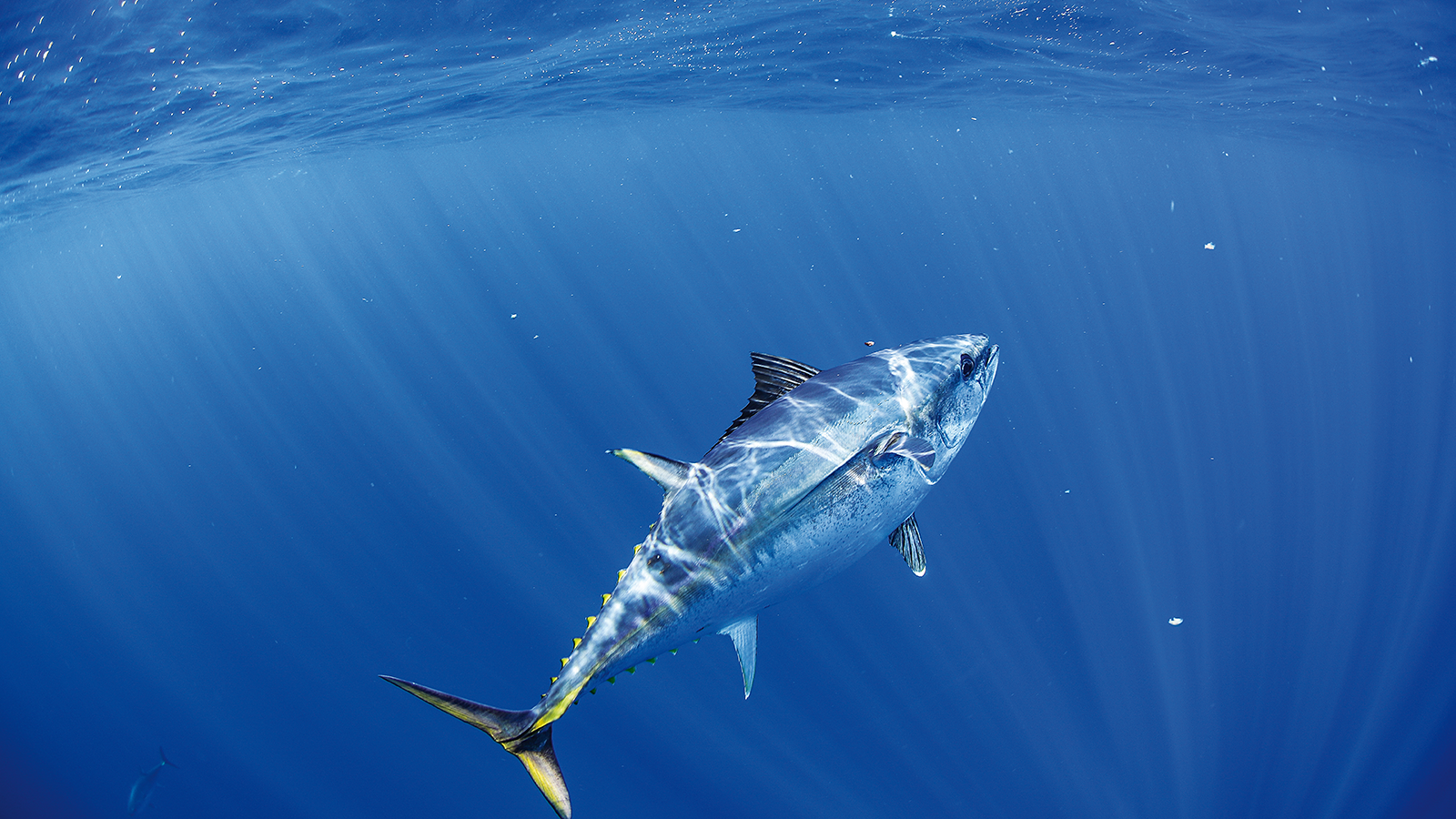Ecological modelling of the impacts of water development in the Gulf of Carpentaria with particular reference to impacts on the Northern Prawn Fishery
River flow is crucial in the life cycle of prawns that support the Northern Prawn Fishery (NPF), as well as iconic tropical species (e.g. mud crab, barramundi, grunter, and threadfin salmon) of importance to commercial, recreational and Indigenous fisheries, and species with high conservation (e.g. sawfish) and cultural value. Substantial interest in developing irrigated agriculture across northern Australia is reviewed in a recent FRDC report (Kenyon et al. 2018). Water extraction to support agriculture will modify natural flow regimes that support estuarine and coastal fisheries. The trade-offs associated with proposed water resource allocation are currently unknown and research is needed to support decision making related to alternative strategies for managing water resources effectively for both agriculture and marine production and biodiversity conservation. Quantifying these trade-offs entails evaluating how altered river flows might affect the fishery and ecological values. Most work to date has focused on the hydrological rather than ecological aspects (and particularly how to quantify aspects such as the minimum water requirements for ecological components) as managers otherwise need to make decisions without sufficient research and given limited timeframes. Although previous and recent projects such as NAWRA have evaluated the qualitative impacts of changes in river flows on ecological assets, there is a need to quantify impacts both for consideration by affected commercial, recreational, indigenous and other sectors, as well as to provide water resource managers with quantitative estimates such as the minimum water requirements to maintain ecosystem structure and functioning. Such analyses are also complicated by the fact that each catchment is different, and hence models and the associated recommendations need to be tailored to be specific to each catchment area, and there is currently no suitable ecosystem model at the appropriate scale and incorporating key relationships.










